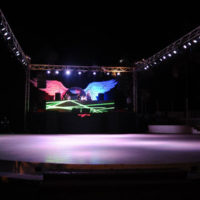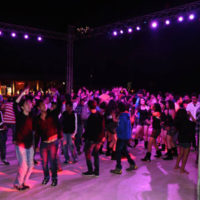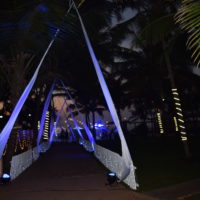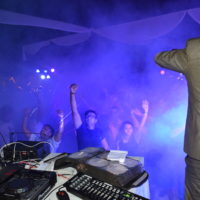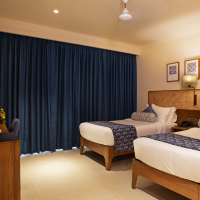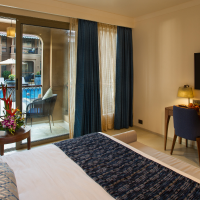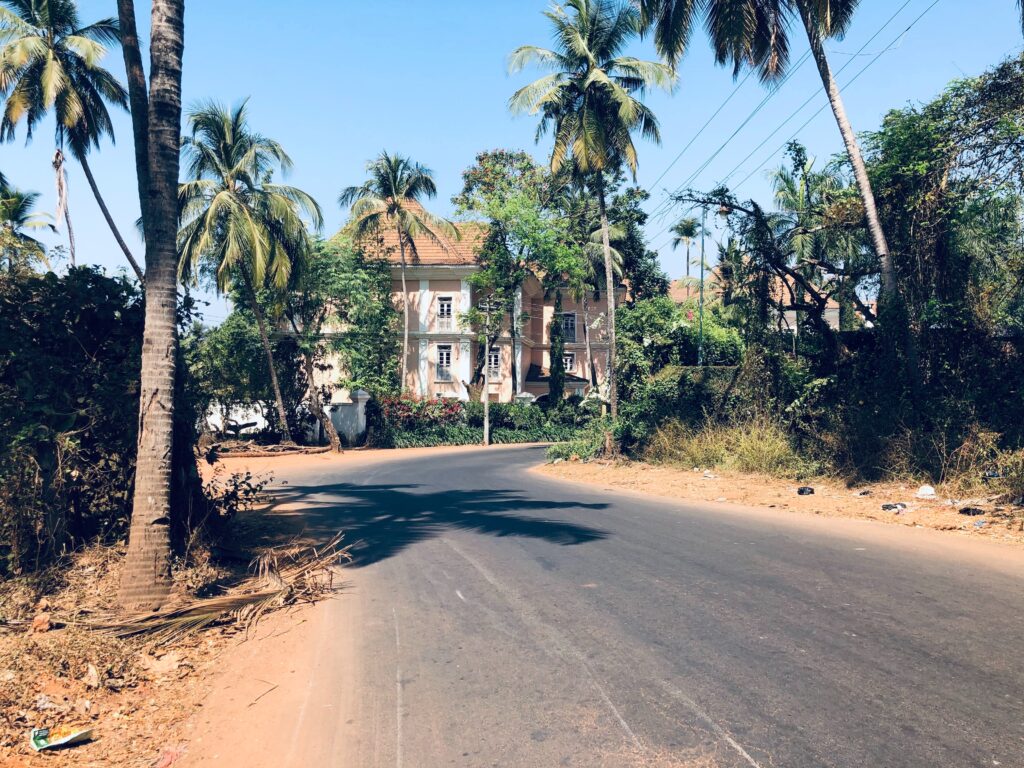 Why Should Chandor be on your Bucket List in Goa?
Why Should Chandor be on your Bucket List in Goa?
A large part of Goa’s unseen beauty comes from its untold stories. As a tourist in Goa, chase the secrets around its villages and monuments that are hiding in plain sight. There are locals who have been pleasantly surprised by what they find. One such story is that of Chandor, a village tucked away in the south of Goa. About 20 km from Margao, this village is replete with some of Goa’s oldest homes, religious structures, and stories that have been passed on for generations. However, the one reason why Chandor should be on your bucket list in Goa is the fact that it is believed to be Goa’s first capital.
A long time ago, the land that is now known as Goa, was under the Bhoja rulers. They ruled from Chandor (also known as Chandrapura) and it remained the capital for dynasties to come. It is believed that the last dynasty to rule from Chandor was the Kadambas. During this period and after it, Chandor went through so many changes. This makes it a melting pot of mysteries waiting to be uncovered. Apart from the village itself, there is also the Chandranath mountain located right outside Chador. It is home to the temple of Chandreshwar Bhutnath. Exploring Chandor is like walking through a treasure hunt full of clues that lead to fascinating discoveries. Here are some elements that help build this treasure trove of stories:
Chandor’s Houses Have Secrets
The homes in Chandor represent a complex mix of different kinds of architecture. The colourful structures are grandiose with large hallways, dining rooms, balconies and a garden. They continue to stand the test of time boasting elegant chandeliers, photos preserved from times long gone and artefacts that were paused in a different time. You could spend hours unearthing all the little things you come across. Most of the homeowners (eg. Braganza House) are more than willing to show curious minds around for a justifiable fee. There are also several tour operators in Goa who curate an entire experience around this.
The Mussal Khel
On one particular no-moon night every year, the men of Chandor dress up in traditional attire and recount a story. They carry wooden sticks known as mussals which create the perfect beat for them to sing and dance along to. The story is about treachery – how the villagers betrayed their beloved king and were cursed by the queen to never experience marital bliss. Their entire performance is a form of repentance that they hope will rid them of the curse. It is also believed that the performance and the song are rooted in certain tribal rituals. Meanwhile, the song also invokes strong sentiments around the courage of a Kshatriya. It takes place around the same time as the Goa Carnival but its final dates will need to be verified. The passion and enthusiasm with which this performance takes place are worth soaking in.
The Three Kings Feast
When you drive toward Chandor from Margao, the first thing that will greet you is the magnificent church of Nossa Senhora de Belém. The church is one of the only three in Goa to celebrate the feast of the Three Kings. The other two are Cansaulim and the Reis Magos church. A procession is carried out where three kids dress as the three kings and are taken to the church. Usually a fair with stalls for food, clothing and other knick knacks are also set up during the week of the feast.
Chandor’s beauty lies in its narrow alleys and historical mysteries. There are stories that will leave you gaping in awe. If you are someone looking for offbeat things to do in Goa, visiting Chandor should definitely be on your bucket list in Goa.


